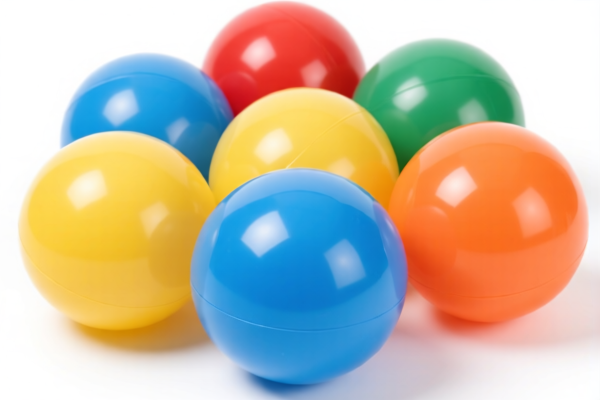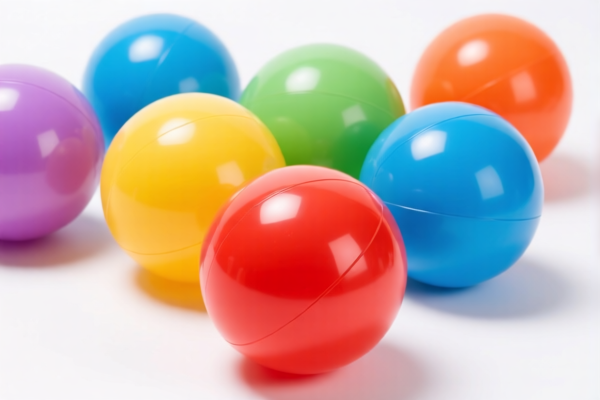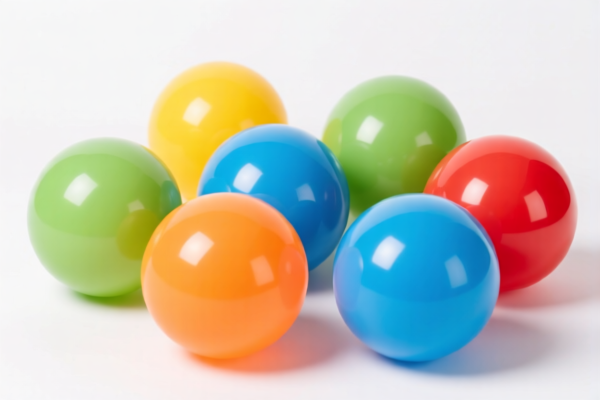| HS Code | Official Doc | Tariff Rate | Origin | Destination | Effective Date |
|---|---|---|---|---|---|
| 3921110000 | Doc | 60.3% | CN | US | 2025-05-12 |
| 3926909905 | Doc | 42.8% | CN | US | 2025-05-12 |
| 4823901000 | Doc | 55.0% | CN | US | 2025-05-12 |
| 4823907000 | Doc | 55.0% | CN | US | 2025-05-12 |




Foam Blocks
Foam blocks are lightweight, typically colorful, building toys constructed from closed-cell foam. They are utilized in a variety of settings, primarily for recreational and developmental purposes.
Material
The primary material is closed-cell foam, most commonly ethylene-vinyl acetate (EVA) foam, polystyrene foam (Styrofoam), or polyurethane foam. EVA foam is favored for its durability, flexibility, and non-toxicity. Polystyrene foam is lighter and less expensive but less durable.
Purpose & Function
Foam blocks serve multiple purposes:
- Early Childhood Development: They promote spatial reasoning, problem-solving skills, hand-eye coordination, and creativity in young children.
- Construction & Building: Children use them to build towers, structures, and imaginative creations.
- Sensory Play: The texture and compressibility of the foam provide sensory stimulation.
- Safety: Their lightweight and soft nature reduces the risk of injury during play.
- Motor Skill Development: Manipulating and stacking blocks enhances fine and gross motor skills.
Usage Scenarios
- Home Play: Common in living rooms, playrooms, and bedrooms as open-ended toys.
- Preschools & Daycares: Used extensively in educational settings for structured and unstructured play.
- Therapy: Occupational therapists utilize foam blocks for developing motor skills and coordination in children with special needs.
- Indoor Play Areas: Soft play areas often incorporate large foam blocks for safe climbing and building.
- STEM Learning: Some sets are designed for introducing basic engineering concepts.
Common Types
- Basic Building Blocks: Simple geometric shapes (cubes, rectangles, triangles) in various sizes and colors. These are the most common type.
- Interlocking Blocks: Feature interlocking edges, allowing for more stable and complex structures. Similar in concept to LEGOs but softer.
- Alphabet & Number Blocks: Include letters and numbers for early literacy and numeracy skills.
- Large Soft Blocks: Oversized blocks designed for climbing, tumbling, and creating large-scale structures, common in play areas.
- Themed Blocks: Sets with specific themes (animals, vehicles, castles) to encourage imaginative play.
- Magnetic Foam Blocks: Incorporate magnets for easier connection and building.
Foam blocks, based on the provided information, fall under the classification of plastics. Here's a breakdown of relevant HS codes:
- 3921.11.00.00: This HS code covers “Other plates, sheets, film, foil and strip, of plastics: Cellular: Of polymers of styrene”. This would apply if the foam blocks are made of polystyrene. The tax rate is a base tariff of 5.3%, a surcharge of 25.0%, and a surcharge of 30% after April 2, 2025, resulting in a total tariff of 60.3%.
It is important to note that according to the provided reference material, the HS code options related to 'foam blocks' are limited, with only the following 1 found.
Customer Reviews
No reviews yet.